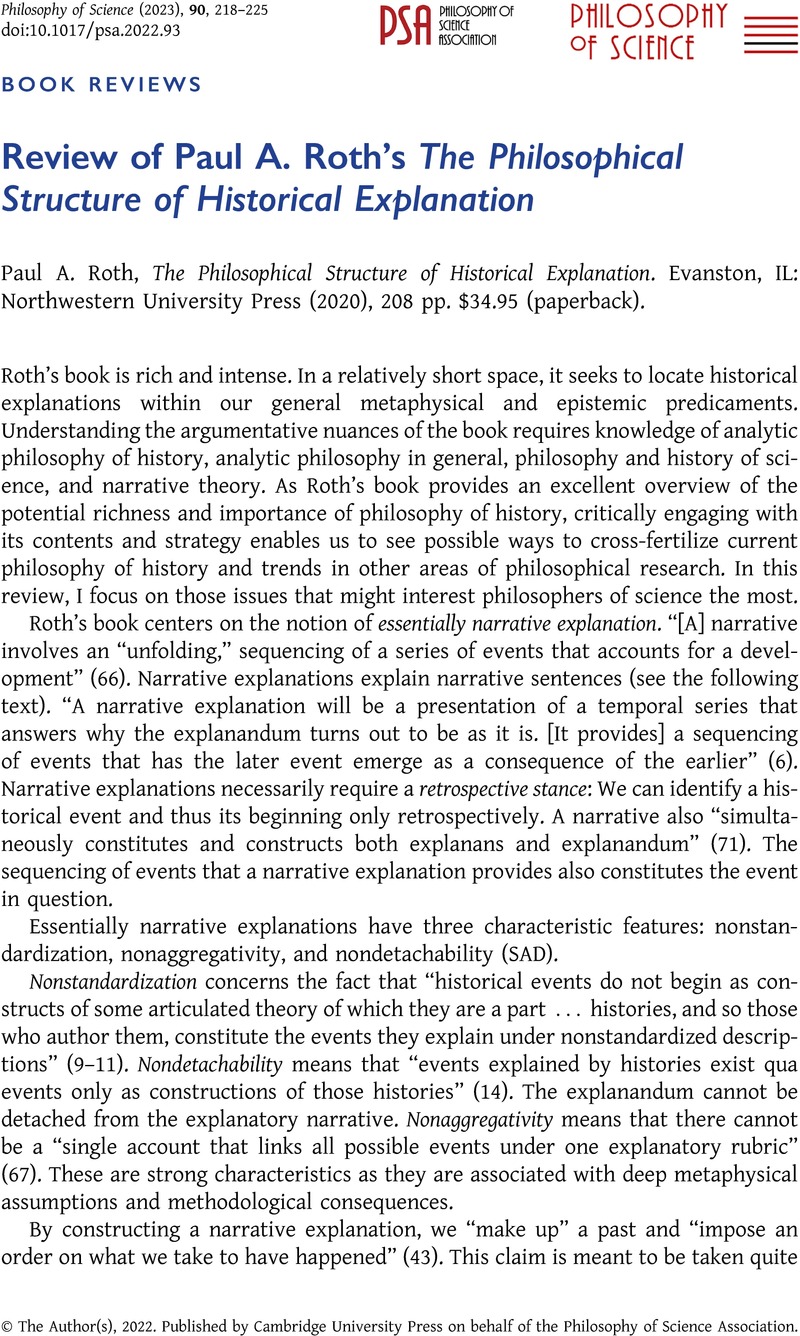Crossref Citations
This article has been cited by the following publications. This list is generated based on data provided by Crossref.
Jahromi, Piotr Kowalewski
2024.
Toward the logical structure of historical narrations
. An interview with Paul A. Roth
.
Rethinking History,
p.
1.



